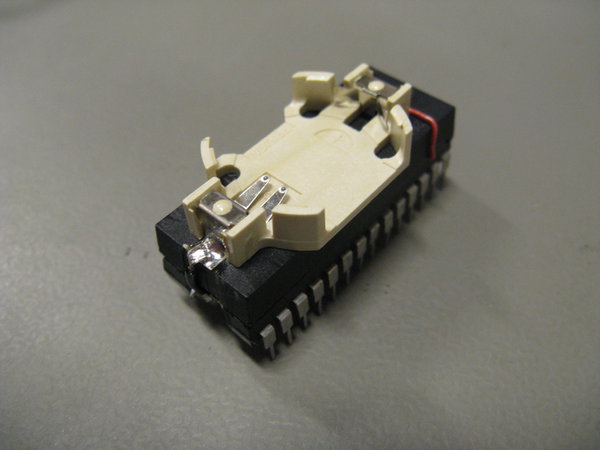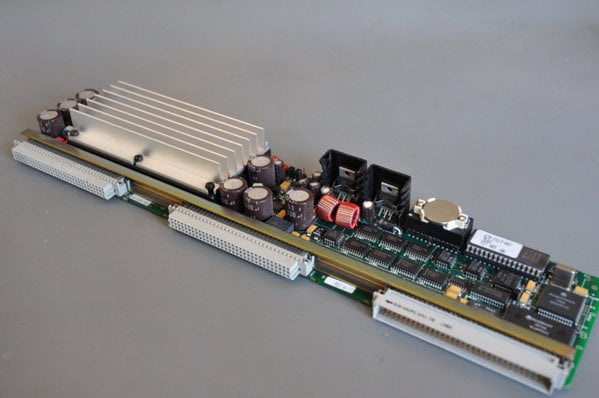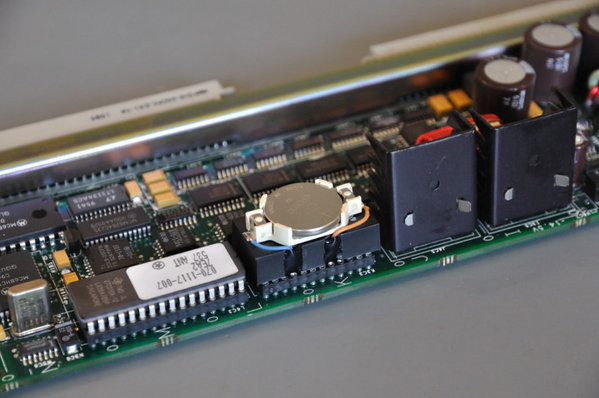A followup to
this thread
. I have since finished reworking the IO4.
The DS1397 with exposed battery contacts:
Here's the final result:
Full story and more photos HERE .
And the best part: the Onyx LIVES
The DS1397 with exposed battery contacts:
Here's the final result:
Full story and more photos HERE .
And the best part: the Onyx LIVES

Now this is a deep dark secret, so everybody keep it quiet

It turns out that when reset, the WD33C93 defaults to a SCSI ID of 0, and it was simpler to leave it that way... -- Dave Olson, in comp.sys.sgi
Currently in commercial service:
 (2x)
(2x)

In the museum : almost every MIPS/IRIX system.
Wanted : GM1 board for Professional Series GT graphics (030-0076-003, 030-0076-004)

It turns out that when reset, the WD33C93 defaults to a SCSI ID of 0, and it was simpler to leave it that way... -- Dave Olson, in comp.sys.sgi
Currently in commercial service:

 (2x)
(2x)

In the museum : almost every MIPS/IRIX system.
Wanted : GM1 board for Professional Series GT graphics (030-0076-003, 030-0076-004)


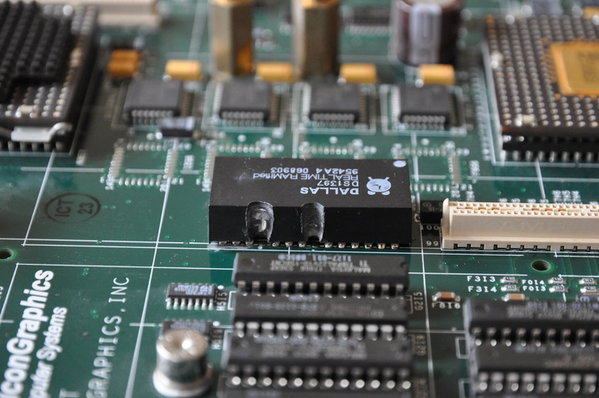
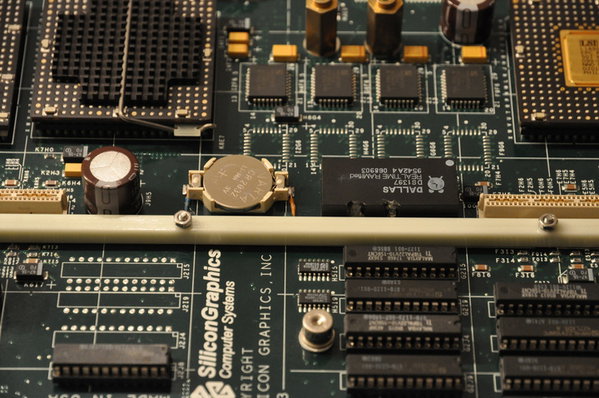
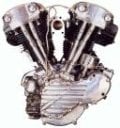
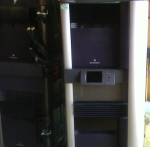

 <>
<>



